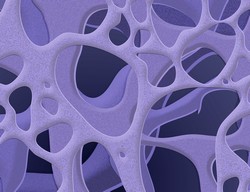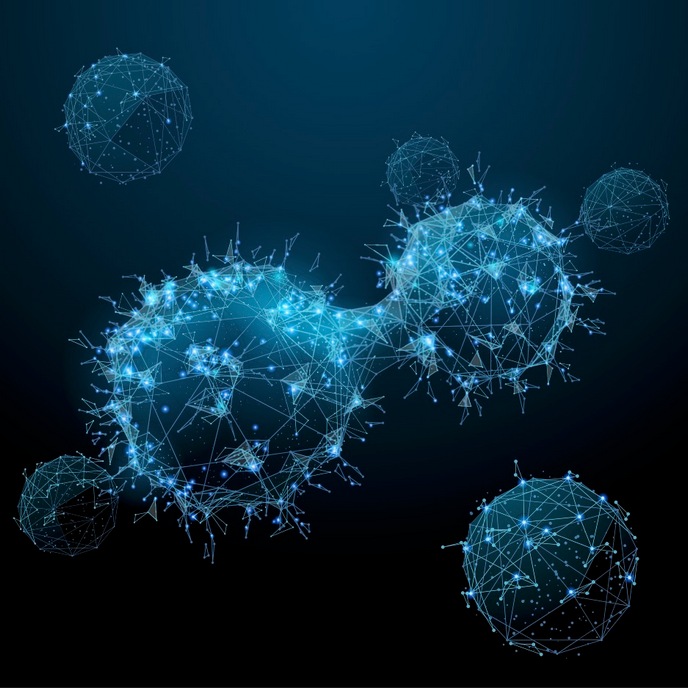Smart bone implants
The rise in ageing population coupled with a global increase in number of accidents highlight the need for orthopaedic implants. To treat bone fractures or repair damaged tissue efficiently and improve post-implantation recovery at reduced operational costs, novel approaches for implant fabrication are required. The EU-funded PLASMANANOSMART (Plasma- and electron beam-assisted nanofabrication of two-dimensional (2D) substrates and three-dimensional (3D) scaffolds with artificial cell-instructive niches for vascular and bone implants) project set out to investigate novel routes for the preparation of functional 2D-substrates or 3D-scaffolds. The idea was to utilise these scaffolds to construct artificial niches for cell growth that are suitable for cardiovascular and bone implants. Researchers used poly-3-hydroxybutirate, polycaprolactone and poly-3-hydroxybutirate-co-hydroxyvalerate as the starting material and metallic alloys alongside a hydroxyapatite (HA) coating. Different scaffolds of varying structure, morphology, stoichiometry and thickness were generated with nanostructured coatings. The internal structure of the scaffolds was visualised using X-rays, which allowed scientists to establish the suitable composition for biodegradation and corrosion resistance. X-rays proved to be a powerful analytical tool for determining the size and spatial distribution of nanoparticles with high resolution. The calcium phosphate coating facilitated cell adhesion, proliferation and differentiation very efficiently. Composites containing HA-based nanoparticles enriched with inorganic particles exhibited improved mechanical and biological properties. Scientists, with the aid of light and electron microscopy, studied the morphology and growth of cells on 2D tissue culture substrates as well as in more physiological 3D environments. To mimic the latter and study the interaction of cells with the scaffold material, they used closed system bioreactors with a continuous introduction of ingredients and removal of metabolism products. The results of the study were communicated to the general public with particular focus on the importance of biomaterials on improving everyday life. Implementation of the generated scaffolds to construct bone implants will replace bioinert and bioactive materials, and open the way for the exploitation of artificial niches that support cell growth and differentiation.







